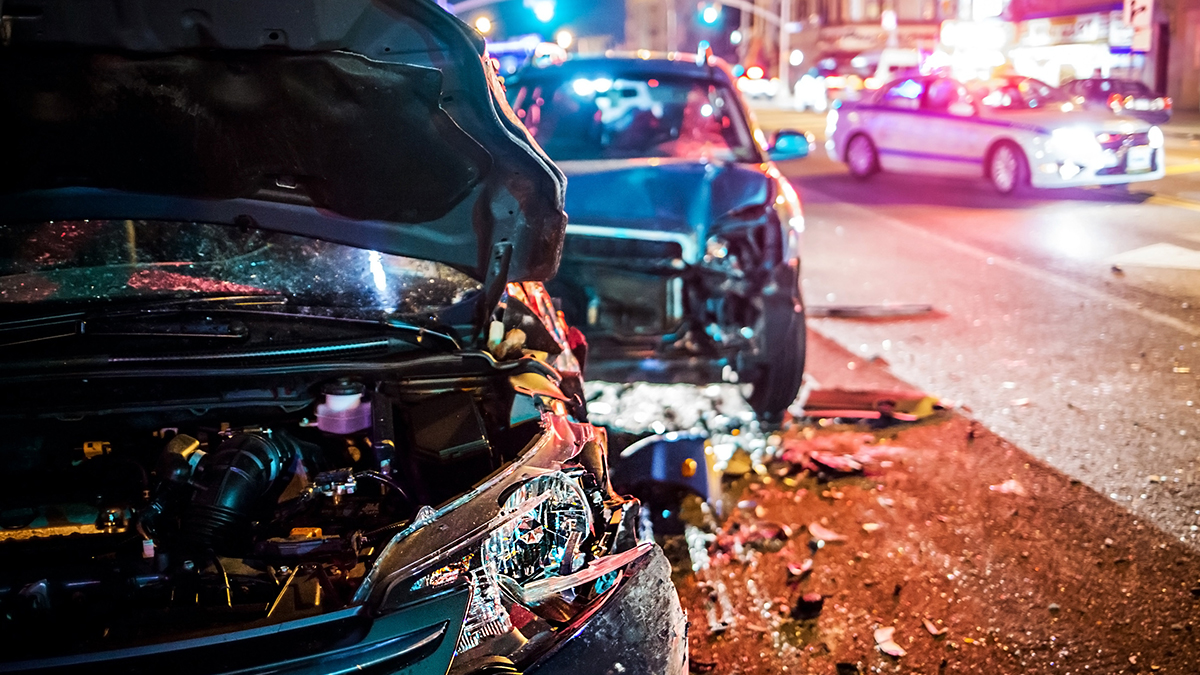Collecting Evidence That Matters for Your Car Accident Case
- April 14, 2020
- By Gerard Devita


After you’ve been injured in a car accident, you should file a personal injury claim against all at-fault drivers. With the help of a Long Island personal injury attorney, you can seek repayment for all of the damages you have suffered. But to strengthen your claim, prove fault, and document your damages, you are going to need evidence.
The Importance of Evidence
The type and quality of evidence you gather in the aftermath of a car accident will have a huge effect on your ability to claim 100% of your losses. Insurance companies will do anything they can to dispute or lower the value of your claim.
Gathering strong evidence with the help of a Long Island car accident attorney allows you to fight back. Overall, it increases your chances of obtaining a reasonable settlement.
If the insurance company or the at-fault driver refuses to agree to a settlement, then the case will go to trial, where evidence becomes even more important. Fortunately, car accident lawyers in Long Island gather evidence knowing they may need it for a jury to side with their injured client.
Anyone with questions about car accident evidence or needing assistance gathering it should speak with an experienced Long Island car accident lawyer during a free consultation. Call Carner & DeVita at 770-822-0900 or contact us online to schedule your free case review now.
The following are the most important types of evidence to gather for your car accident injury case.
Eyewitness Statements and Contact Information
One of the most important forms of evidence is also one of the most fleeting. Eyewitnesses can provide crucial perspective on an accident. They can help fill gaps in the accident narrative or resolve differing accounts given by defendants and victims.
Many large car accidents draw multiple eyewitnesses. They may be pedestrians, workers at a nearby business, or good samaritan drivers who stop and assist.
Car accident victims should ensure that they get eyewitness contact information in the immediate aftermath of their accident. Otherwise, they may find that it’s impossible to track that person down later.
When police arrive after your accident, suggest that witnesses make a statement to be included in the report. That way, their statement is part of the official record, and law enforcement has their contact information stored for later use.
Photos of the Car Accident Scene and Your Injuries
Car accident scene photos can prove quite valuable for certain cases. Some details of the accident may be disputed, and photos can sometimes clear up these discrepancies. Physical evidence can also provide key elements of proof that another driver or person was clearly at fault.
If you are not too hurt to walk around after your accident and it is safe to do so, try to take photos of the accident scene before any of the vehicles are moved. Use multiple angles, and include background objects like road signs or billboards to establish a firm location.
After vehicles are moved, take close-ups of the damage and any large debris. You should also take photos of your injuries immediately after the accident, firmly establishing that they were present at that time.
A Complete, Accurate Police Report
The police report written by the responding officer will serve as an official record of your accident. Police officers frequently issue a citation to a driver who contributed most to the cause of the accident, and all known causal factors will be listed as part of the report.
When making a statement to police, be as honest and accurate as possible. At the same time, do not incriminate yourself, admit fault, or speculate about details that you are not sure of. You want to provide as much information as possible without risking self-incrimination or self-contradiction.
Thorough Medical Documentation
Seek medical treatment within 12-24 hours of your accident. Ideally, you will visit the nearest emergency department immediately after providing a statement to police. If you are in critical condition, consent to taking an ambulance.
When you receive care, describe your symptoms as accurately and completely as you can. Be sure to mention any pain, difficulty moving, or other limitations you may be experiencing. Consent to all tests and imaging needed to make a full diagnosis.
Ensure that your symptoms and known medical factors are documented fully and in detail. Some care providers may gloss over key details or commit minor inaccuracies, especially in a busy ER. Rectifying these errors later can be difficult, so it’s best to get the details correct before you are discharged.
All Medical Bills, Related Receipts, and Documentation of Other Expenses
Gathering evidence after your car accident is supposed to help you prove several things. In addition to establishing that someone else was at fault and that you were injured because of the car accident, you will need to prove the exact cost of your medical care and related expenses.
Save all of your discharge papers and medical billing information. Any time you make a purchase or payment for things like prescription drugs, save the receipt. If you have other expenses related to your medical care, such as parking fees, save proof of these expenses as well.
If you need to miss work while you recover, keep your most recent pay stubs. You will need to prove your past income to seek repayment for your lost wages.
A Pain Journal
If you wish to claim pain and suffering after your accident, insurers and courtroom juries may expect some form of proof. A pain journal is one of the best forms of proof you can provide.
Simply put, a pain journal is a record of the pain and suffering you experience on a day-to-day basis while you recover from your accident injuries. Each entry does not have to be long, but it should be specific.
In your journal, you should note any pain you experience as well as any activities that were made difficult by your medical condition. If you experienced sadness, regret, or humiliation because of your inability to perform normal tasks, make a note of it.
Avoid posting to social media or other publicly visible platforms while you recover. Defendants may use photos of you smiling and enjoying activities as a way to dispute the accounts in your pain journal.
Statements from Experienced Professionals
Your car accident attorney in Long Island may solicit statements or testimony from professionals. These statements may be made during the claims phase as a way to connect the dots for vital arguments, such as arguing that all of your medical procedures were “reasonable and necessary.”
Statements may also be gathered during a deposition, which is a fact-gathering phase before a trial begins. If the case proceeds to trial, the fact witness may be called upon to testify in open court.
Medical professionals are one of the most common types of fact witnesses used. They may describe your medical condition, project your future treatment costs, or affirm that the pain you have experienced is similar to other patients. Economics experts may also be called upon, especially when attempting to claim lost wages or a loss of future earning capacity.
Get Help Gathering Evidence with an Experienced Long Island Car Accident Lawyer
Gathering all of the evidence you need to build a strong case can be difficult on your own. You may need the help of experts, like accident forensic investigators. You may need to subpoena certain forms of evidence, like CCTV footage from a business near the accident. You may also have trouble pulling all the available evidence into a single metaphorical picture.
Hiring a car accident attorney in Long Island can provide you the experience and resources needed to make gathering evidence easier. Your attorney can also help you build a single narrative that each piece of evidence reinforces, one by one.
Find out more about the evidence you may need in your specific case and how it can help you by speaking with an attorney at Carner & DeVita during a free case evaluation. Call 770-822-0900 or contact us online to schedule your free appointment today.
Have question?
Contact us today!
